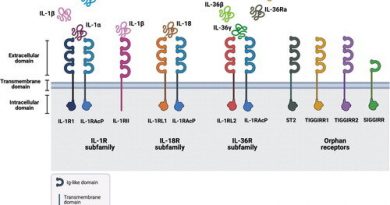New Zealand’s MidCentral DHB publishes digital health strategy
MidCentral District Health Board (DHB) has published one of New Zealand’s first district-wide digital health strategies.
Called Te Awa, the five-year strategy is collectively endorsed by the DHB, Central PHO, Manawhenua Hauora, the Clinical Council and the Consumer Council in the region and was developed after extensive district engagement and consultation.
An introductory message says that developing and using digital technology “will help us to improve access to services, to address and minimise health inequality, to improve the quality and safety of our services, and to increase the control people in our district have over their own health”.
The strategy has four guiding principles, which are: people-powered; one district; information sharing; and being a good digital health steward.
The objectives of the strategy are to digitise the consumer, families and whānau experience with improved access to information and to digitise end-to-end processes, allowing the smooth flow of information between services and across organisational boundaries.
It aims for better interconnected communications and collaboration, as well as better use of data for planning and decision making. Also, inclusive information management and stable and secure ICT services.
Steve Miller, chief digital officer MidCentral DHB, said Te Awa is a people/ whānau – centred strategy with a focus on wellness, which makes interagency collaboration key to its success.
“With over 60 percent of a person’s heath being attributed to various social determinates, it’s important we collectively engage in collaborative co-design as a system to enable quality living, healthy lives and well communities,” he explained.
The strategy has seven strategic portfolios with multi-year funding pathways, allowing a more agile delivery method for the projects within them.
“We are seeking to take a more ‘learn and adapt’ approach to accelerate value delivery and better manage risk by breaking initiatives into smaller three-monthly cycles,” Miller said.
The portfolios are; consumers, families and whānau-centred; workforce management; innovation; data and analytics; knowledge management; business management; infrastructure and IT services.
Miller said the strategy seeks to rationalise a large number of existing suppliers and applications and to develop a co-investment partnership approach with industry to accelerate the district’s digital transformation.
MidCentral DHB has been chosen by the Ministry of Health to pilot four HIMSS digital maturity assessments from August this year. Miller says the results will help determine the organisation’s areas of focus to get the best results.
This article first appeared on eHealthNews.nz.
Source: Read Full Article



